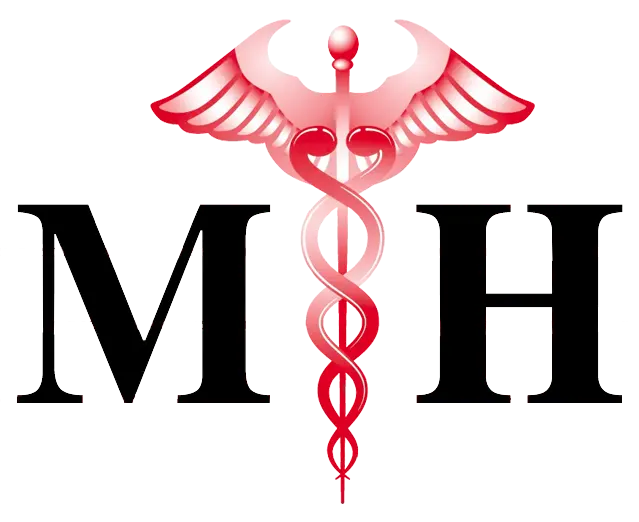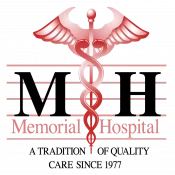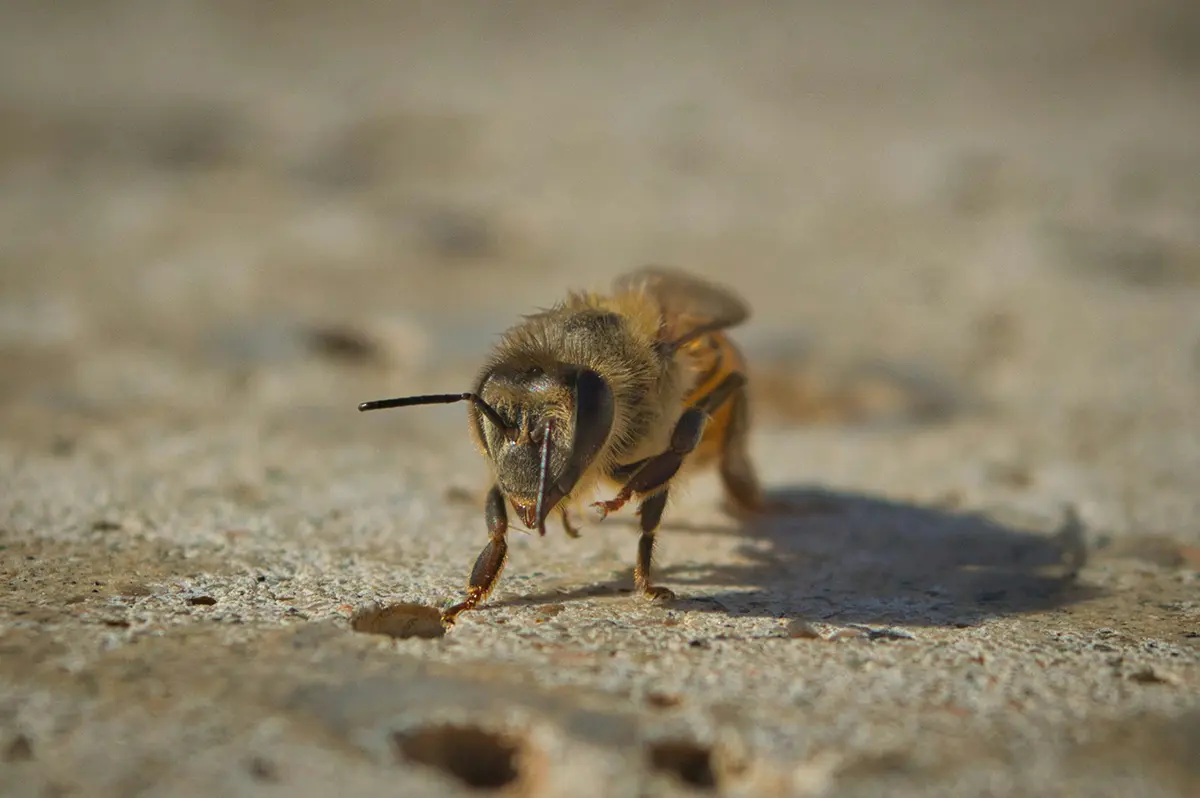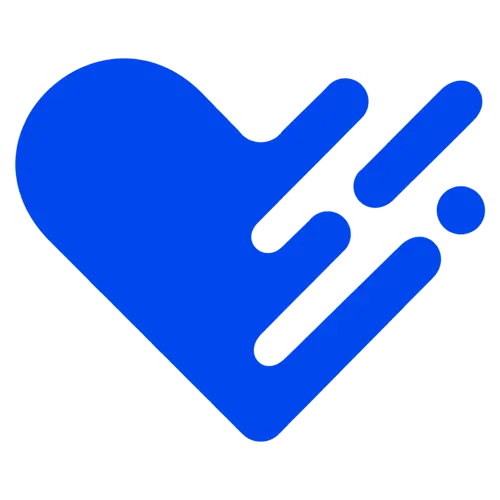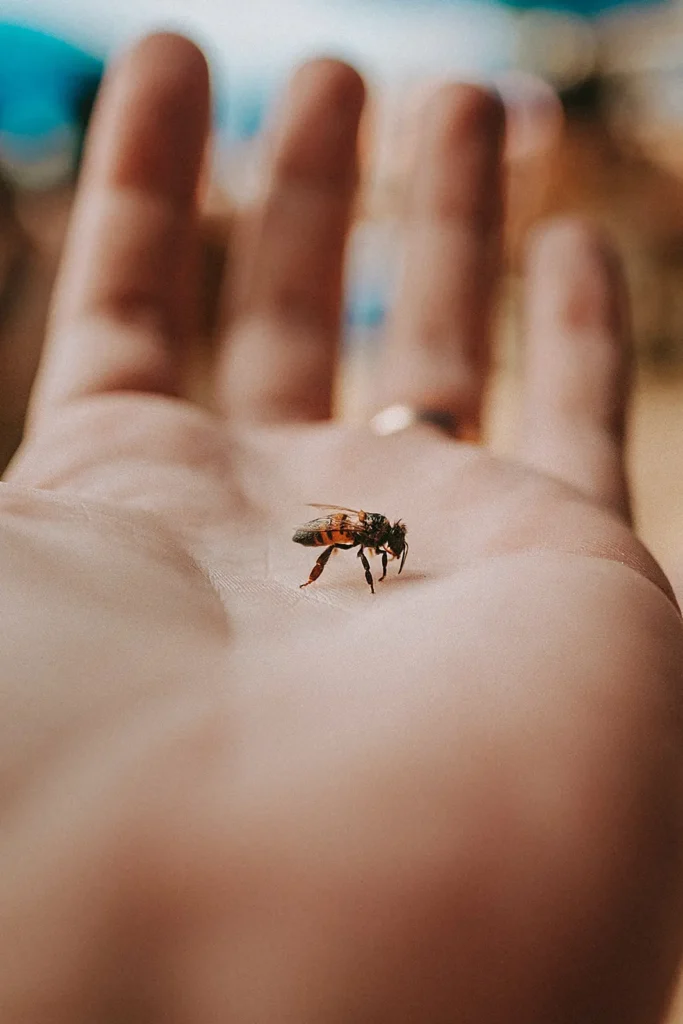
Summer is here and that means the birds and the bees are out in mass, and so are the humans. As you inevitably spend more time outside enjoying the warm weather, it’s only a matter of time before you or your kids encounter a bee.
While bees are a crucial part of our ecosystem and are generally not aggressive, accidents do happen. Here’s what to do if you or someone with you gets stung.
Understanding Bee Stings
Bee stings can be quite distressing, but having a basic understanding of how they occur and the potential risks involved can help you respond effectively. Here are some key points to keep in mind:
Anatomy of a Bee Sting
When a bee stings, it injects venom into the skin through its stinger. The stinger is barbed, allowing it to remain embedded in the skin, while the bee may detach from it and eventually die. It’s important to remove the stinger promptly to minimize the venom’s effects.
Reaction Types
Reactions to bee stings can vary from person to person. Most individuals experience a localized reaction at the sting site, which typically includes pain, redness, and swelling. This is considered a normal reaction and usually subsides within a few hours to a few days.
However, some people may develop an allergic reaction to bee stings. Allergic reactions can range from mild to severe and may include symptoms like hives, itching, difficulty breathing, dizziness, or even anaphylaxis, a life-threatening condition. If you or someone around you exhibits signs of an allergic reaction, it’s crucial to seek immediate medical attention.
Potential Risks and Complications
While most bee stings result in mild reactions, there are certain risks and complications to be aware of. Multiple stings, especially in a short period, can lead to more severe symptoms. Stings in sensitive areas like the face, throat, or eyes can also pose a greater risk and may require prompt medical attention.
In rare cases, individuals can develop a systemic allergic reaction even after previous non-allergic reactions to bee stings. This is known as a “sting challenge,” and it’s important to consult with a healthcare professional to assess the risks and determine the best course of action.
Additionally, those with a known severe allergy to bee stings should carry an epinephrine auto-injector (such as an EpiPen) and be well-informed about its usage in case of emergency.
Immediate Actions after a Bee Sting
Getting stung by a bee can be painful and alarming, but taking prompt action can help alleviate discomfort and reduce the risk of complications. Here are the steps to follow immediately after a bee sting:
Remove the Stinger
The first priority is to remove the bee’s stinger from the skin as soon as possible. Use a blunt-edged object like a credit card or your fingernail to gently scrape or flick the stinger out. Avoid squeezing or pinching the stinger, as this may inject more venom into the skin.
Clean the Area
After removing the stinger, wash the affected area with mild soap and water to reduce the risk of infection. Gently pat the area dry with a clean towel.
Relieve Pain and Swelling
To ease pain and reduce swelling, apply a cold compress or an ice pack wrapped in a cloth to the affected area. This can help constrict blood vessels and provide temporary relief. Avoid applying ice directly to the skin to prevent ice burn.
Over-the-Counter Remedies
Consider using over-the-counter topical creams or ointments specifically designed for insect bites and stings. These products often contain ingredients like hydrocortisone or lidocaine, which can help alleviate itching, pain, and inflammation. Follow the instructions on the packaging carefully.
Monitor for Allergic Reactions
While most bee stings result in localized reactions, it’s important to be vigilant for signs of an allergic reaction. Watch for symptoms such as hives, itching, swelling beyond the sting site, difficulty breathing, or dizziness. If any of these symptoms occur, seek immediate medical attention, as it may indicate an allergic response.
Remember, if you have a known severe allergy to bee stings, it’s advisable to carry an epinephrine auto-injector (such as an EpiPen) and follow your prescribed emergency action plan.
When to Seek Medical Attention
While most bee stings can be treated at home, certain situations warrant seeking medical attention. If you experience any of the following symptoms after a bee sting, it’s important to seek immediate medical care:
Allergic Reactions
If you have a known severe allergy to bee stings or if you develop symptoms of a severe allergic reaction (anaphylaxis), such as difficulty breathing, swelling of the face or throat, dizziness, or rapid heartbeat, call emergency services (911) right away. Anaphylaxis is a life-threatening condition that requires immediate medical intervention.
Sting Inside the Mouth or Throat
If you’ve been stung inside your mouth, throat, or near your eyes, seek medical help promptly. These areas are sensitive and can quickly swell, potentially causing difficulty in breathing, swallowing, or vision impairment.
Multiple Stings
If you have been stung multiple times or have a large number of bee stings, especially if you’re experiencing symptoms beyond the immediate sting site, it’s advisable to seek medical attention. Multiple bee stings can lead to a higher risk of toxicity and systemic reactions.
Signs of Infection
If the sting site becomes increasingly red, swollen, warm to the touch, or oozes pus, it may indicate an infection. In such cases, it’s important to see a healthcare professional for appropriate evaluation and treatment.
Persistent or Worsening Symptoms
If you continue to experience severe pain, swelling, or other concerning symptoms that do not improve with home remedies or over-the-counter treatments, it’s recommended to seek medical advice. A healthcare professional can assess your condition and provide appropriate guidance.
Remember, if you’re uncertain about the severity of your symptoms or have any concerns, it’s always best to err on the side of caution and consult with a healthcare professional.
Preventing Bee Stings
While it’s not always possible to completely avoid bee stings, there are preventive measures you can take to minimize the risk. Here are some tips to help you prevent bee stings:
Be Cautious in Bee-Prone Areas
Be mindful of your surroundings, especially in areas known to have high bee activity such as flowering gardens, orchards, or bee farms. Bees are attracted to sweet smells, so avoid wearing strong perfumes or using scented lotions that might attract them.
Stay Calm and Still
If a bee is flying near you, remain calm and avoid sudden movements. Bees are less likely to sting if they don’t feel threatened. If a bee lands on you, try to stay still and gently blow on it or brush it off gently without swatting.
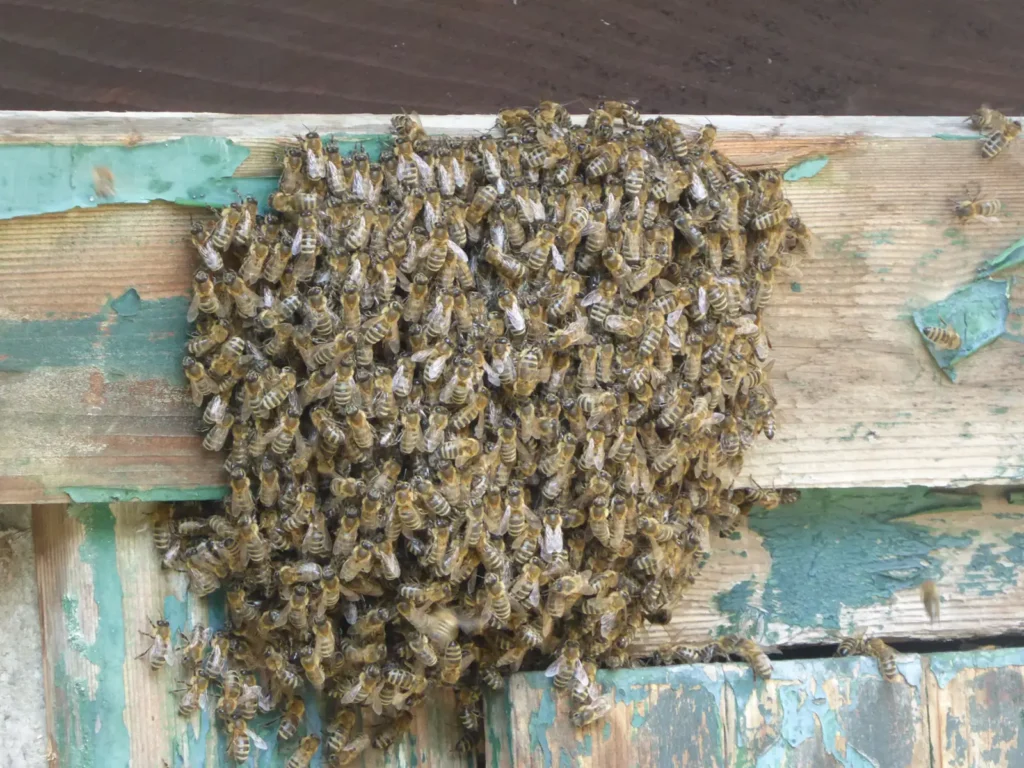
Wear Protective Clothing
When spending time in bee-prone areas or engaging in outdoor activities like gardening or hiking, consider wearing long sleeves, long pants, closed-toe shoes, and a hat. Additionally, opt for light-colored clothing as bees are more attracted to dark colors.
Take Precautions During Outdoor Activities
When picnicking or eating outdoors, keep food and drinks covered to avoid attracting bees. Also, avoid leaving sugary or sweet items exposed, as they can draw bees to your vicinity.
Address Bee Hives or Swarms Safely
If you discover a bee hive or swarm on your property, it’s important to contact a local beekeeper or bee sanctuary. They have the expertise to safely remove and relocate the bees without causing harm. Remember, bees are important pollinators, and every effort should be made to protect and preserve them.
Educate Children about Bee Safety
Teach children to stay calm and still when encountering bees. Encourage them to avoid swatting or disturbing bees and to report any bee activity to an adult. Educating children about bee safety can help prevent unnecessary stings.
Remember, bees play a crucial role in our ecosystem as pollinators, and it’s important to coexist with them peacefully. By taking precautions and respecting their presence, we can minimize the risk of bee stings while fostering a harmonious relationship with these vital creatures.
Contact Stilwell Memorial Hospital
Being prepared and knowledgeable about bee sting treatment is essential for your safety and well-being. By understanding the anatomy of a bee sting, knowing how to handle immediate care, recognizing signs of an allergic reaction, and taking preventive measures, you can effectively manage bee stings and minimize potential complications.
However, it’s important to remember that each person’s reaction to a bee sting can vary, and some individuals may experience severe allergic reactions that require immediate medical attention. If you or someone you know shows signs of an allergic reaction, such as difficulty breathing, swelling of the face or throat, or dizziness, seek medical help without delay.
At Stilwell Memorial Hospital, our experienced medical professionals are here to provide the necessary care and support for bee sting incidents. We prioritize your health and safety, and our team is ready to address any concerns or provide guidance in managing bee stings.
Stay informed, be prepared, and reach out to us at Stilwell Memorial Hospital for any medical assistance you may need. Your well-being is our top priority.
